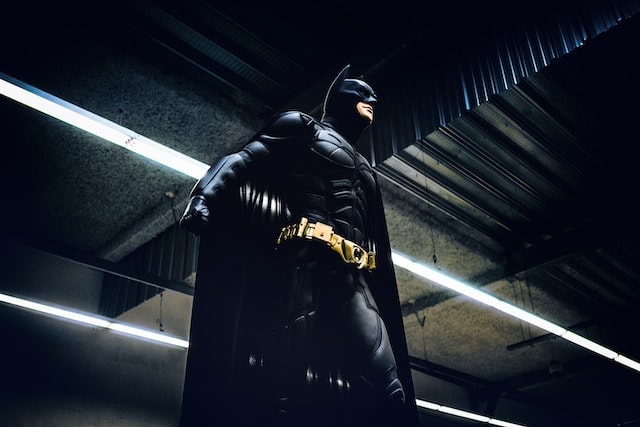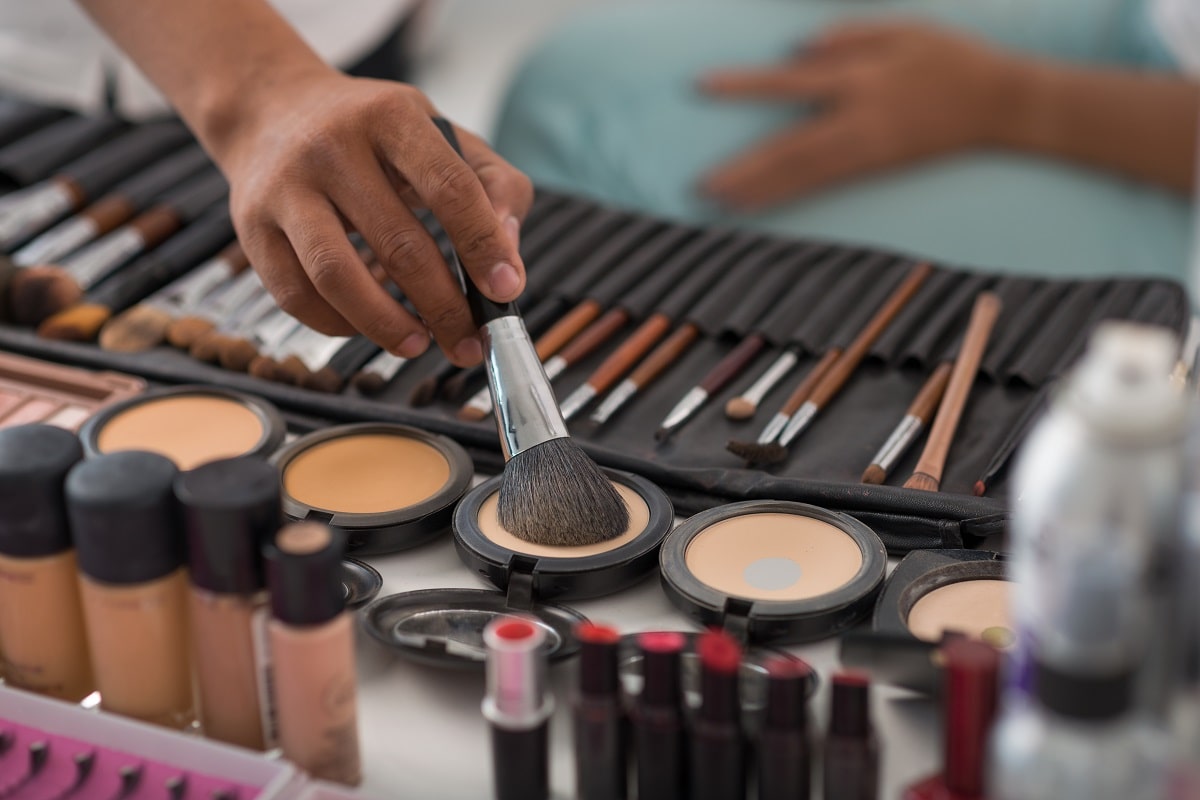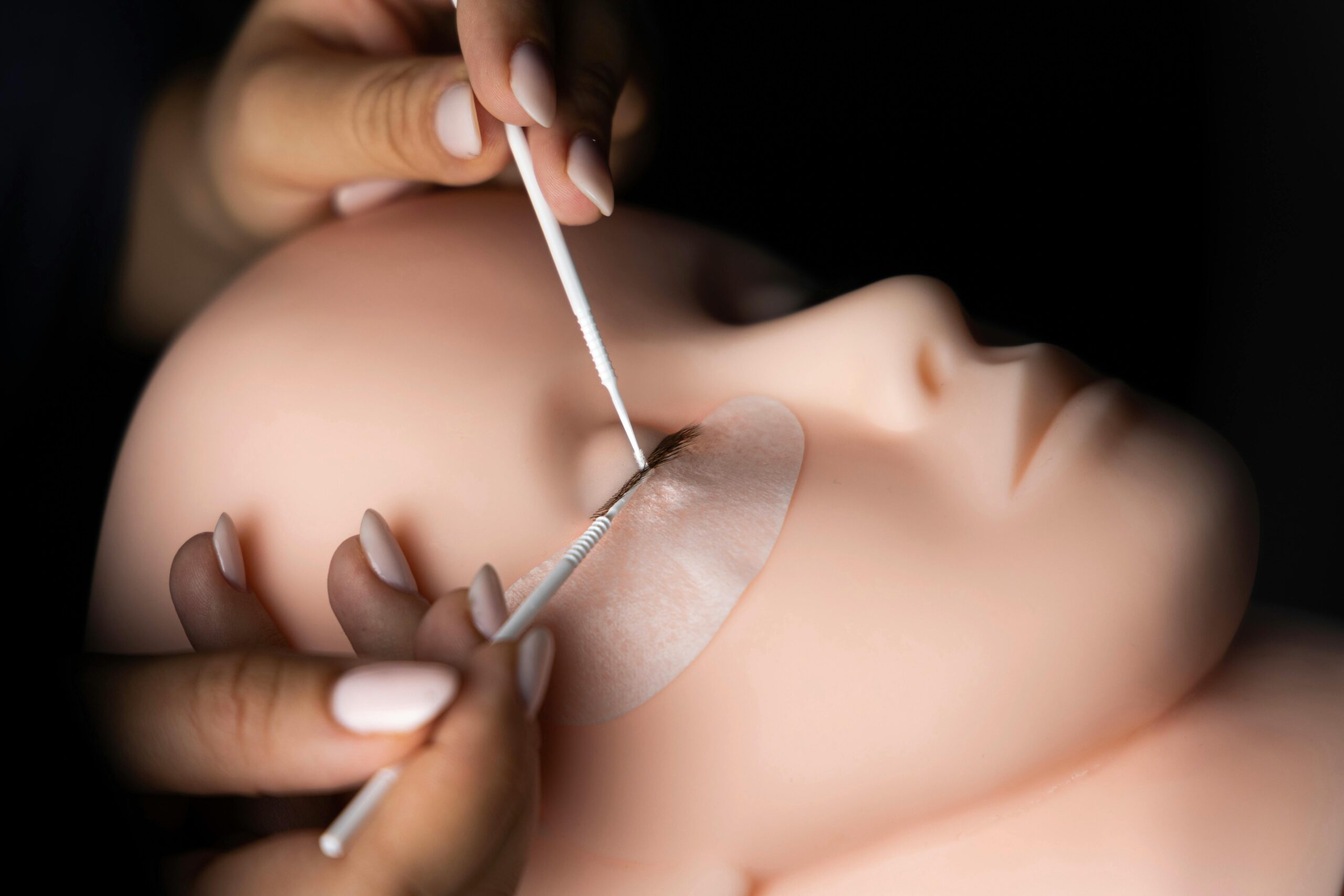Mastering the Art of Cinematography: Unveiling the Secrets of “The Dark Knight” for a Successful Career
The Dark Knight is a masterpiece in the world of cinema. It is a perfect blend of action, drama, and suspense that keeps the viewers on the edge of their seats. The movie is not only known for its gripping story and brilliant acting, but also for its exceptional cinematography. The cinematographer, Wally Pfister, used various techniques and equipment to create a visually stunning movie that has stood the test of time. In this article, we will explore the cinematography of The Dark Knight and how it can help you in your career in the film industry.
1. Lighting
One of the most important aspects of cinematography is lighting. Lighting can make or break a scene and affect the overall mood of the movie. In The Dark Knight, Wally Pfister used a variety of lighting techniques to create different moods and atmospheres. For example, in the scene where the Joker is interrogated, the lighting is harsh and intense, which adds to the tension of the scene. In contrast, the scene where Batman interrogates the Joker is lit with soft, warm light, which creates a sense of intimacy and vulnerability.
2. Camera Movement
Camera movement is another important aspect of cinematography. In The Dark Knight, Wally Pfister used a variety of camera movements to create different effects. For example, in the opening scene, the camera follows the Joker as he robs a bank. The camera movement is fluid and creates a sense of chaos and confusion. In contrast, the scene where Batman interrogates the Joker is shot with a static camera, which creates a sense of tension and unease.
3. Composition
Composition is the arrangement of elements in a scene. In The Dark Knight, Wally Pfister used composition to create visually stunning scenes. For example, the scene where Batman interrogates the Joker is shot in a way that Batman is in the foreground, while the Joker is in the background. This creates a sense of unease and tension, as the Joker is in control of the situation. In contrast, the scene where Batman saves Rachel from falling out of a window is shot in a way that Batman is in the background, while Rachel is in the foreground. This creates a sense of heroism and bravery, as Batman is sacrificing himself to save Rachel.
4. Equipment
Equipment is another important aspect of cinematography. In The Dark Knight, Wally Pfister used a variety of equipment to create different effects. For example, he used IMAX cameras to shoot some of the action scenes, which created a sense of scale and grandeur. He also used handheld cameras to create a sense of chaos and confusion in some of the scenes.
#F8D328
Key Takeaways
- Lighting, camera movement, composition, and equipment are all important aspects of cinematography.
- The Dark Knight is a masterpiece in the world of cinema, and its cinematography is exceptional.
- To succeed in the film industry, it is important to master the art of cinematography.
In conclusion, The Dark Knight is an exceptional movie that showcases the importance of cinematography in the film industry. The cinematographer, Wally Pfister, used a variety of techniques and equipment to create visually stunning scenes that have stood the test of time. To succeed in the film industry, it is important to master the art of cinematography. Consider taking the NYU Film and TV Industry Essentials online course and certificate program to learn more about cinematography and other aspects of the film industry.






